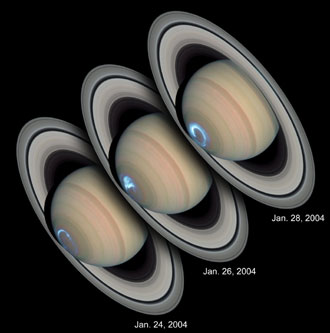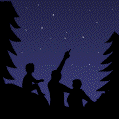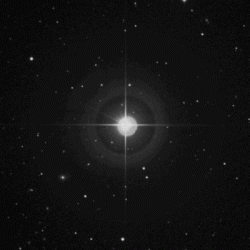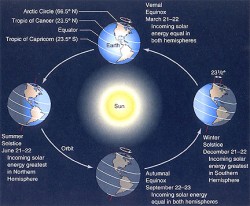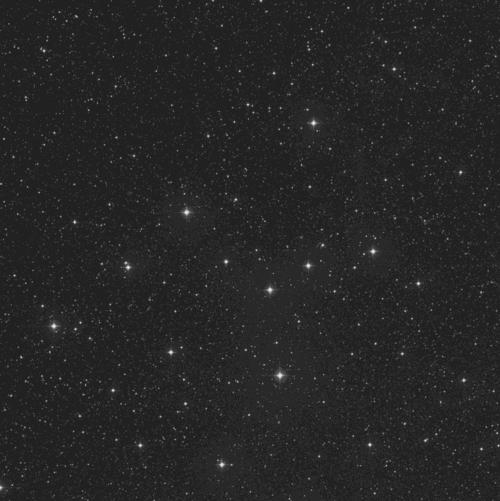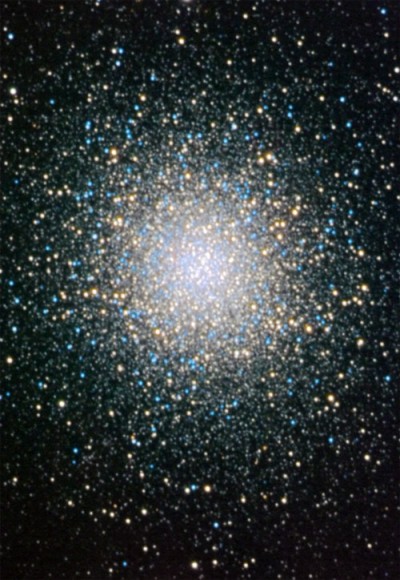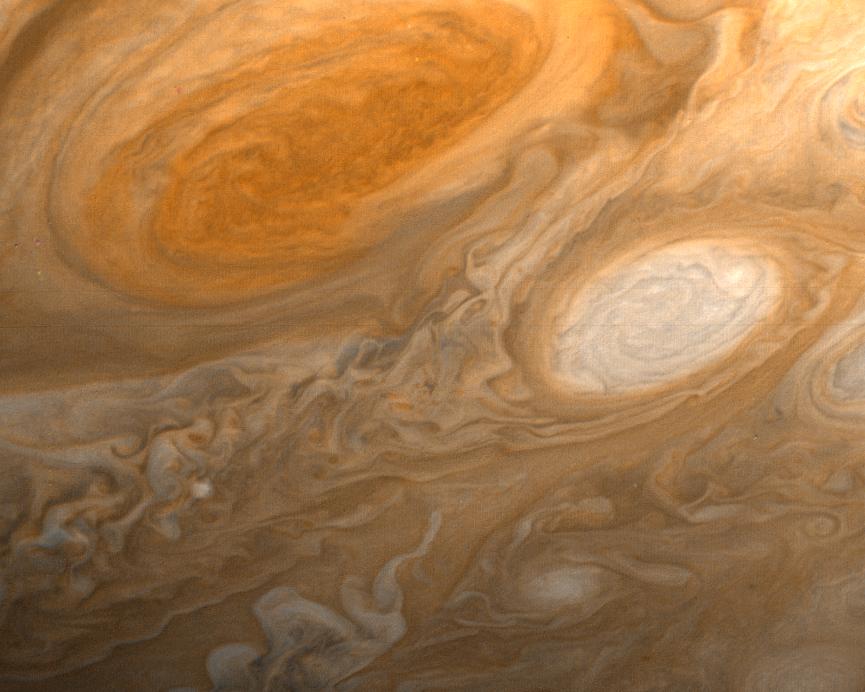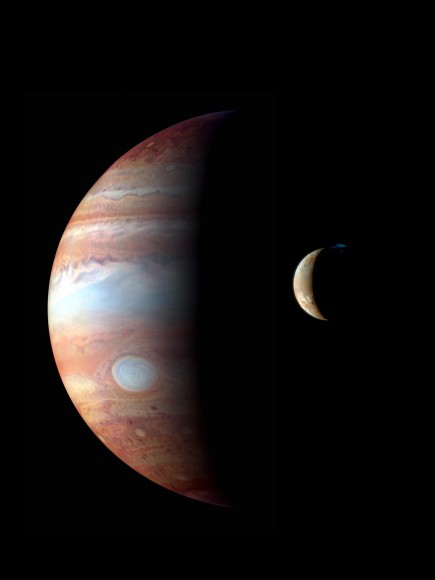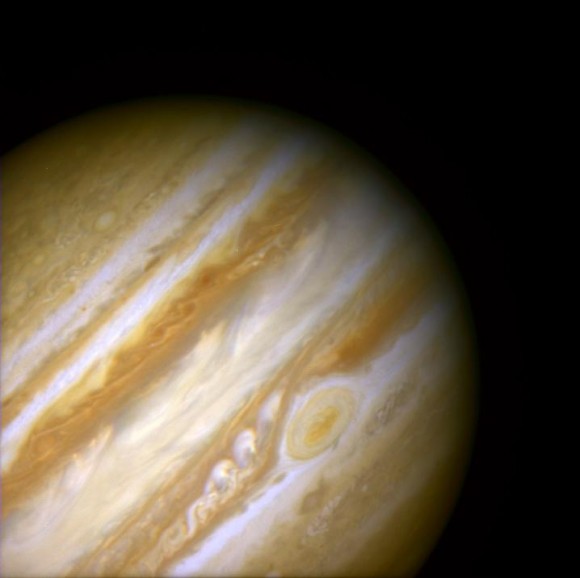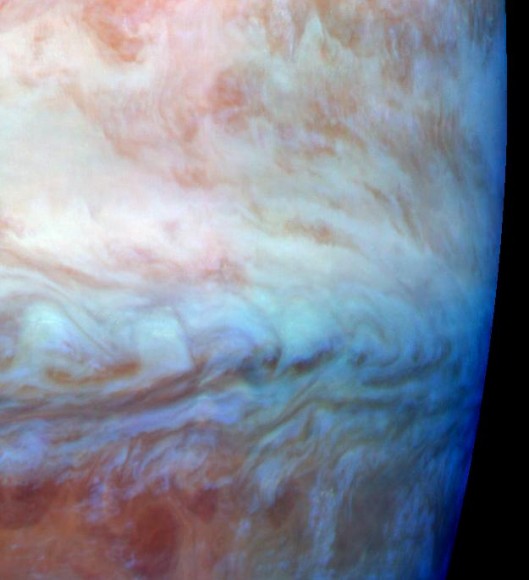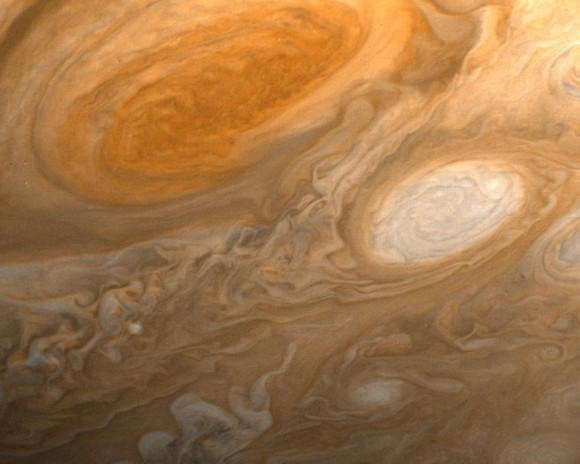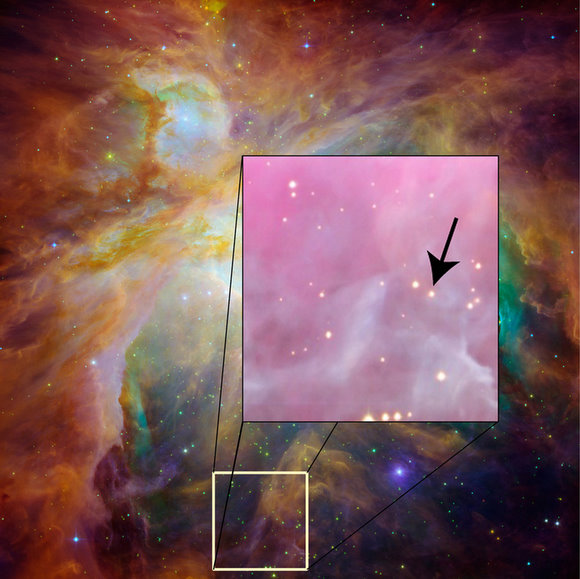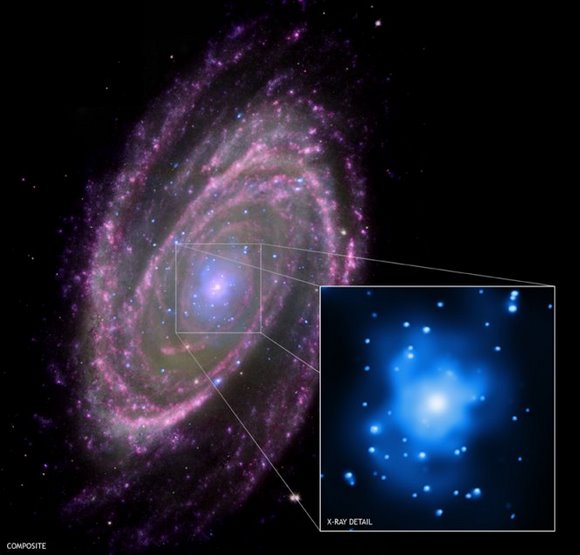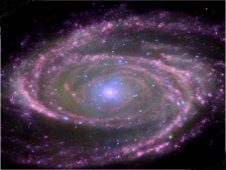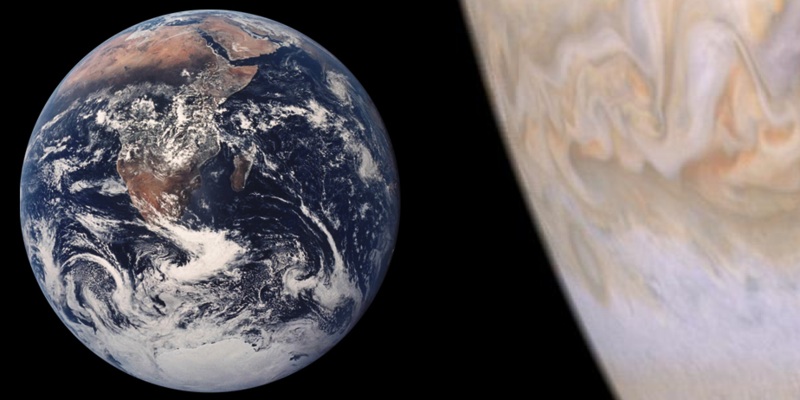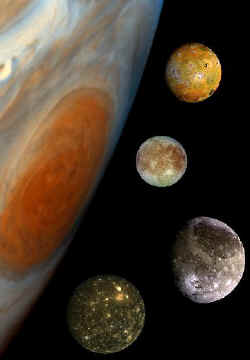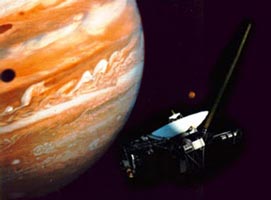Since it was first photographed by the Hubble telescope several years ago, the mystery of Saturn’s aurorae has continued to puzzle scientists. At the beginning, this phenomena only occurred in ultraviolet images, but recent studies done with the ground-based NASA Infrared Telescope Facility show surprising new facets to this colorful display… More than one!
Here on Earth the aurorae occurs when charged particles from the solar wind encounter our magnetic field lines in the upper atmosphere. The particles find their way into Earth’s magnetosphere through “open” field lines located at the north and south pole. These “connect” to the incoming fields associated with the solar wind – like our own personal umbilical cord to the Sun. But we aren’t the only planet to have these dazzling light shows… So does Jupiter.
On our solar system’s largest planet, the charged particles come its volcanic moon – Io. On this inhospitable world, ionized gas is produced and caught up by Jupiter’s fast rotating magnetic field. But this umbilical cord can’t keep up with Jupiter’s dizzying speed at its equator. The thin volcanic gas simply stops co-rotating, slips along Jupiter’s magnetic field lines and pools at giant planet’s polar regions – and the newly discovered second auroral oval glows at Saturn’s co-rotation breakdown latitude, too.
“We’ve been able to find an aurora that seems to be very similar to Jupiter’s,” says Tom Stallard, a planetary astronomer at the University of Leicester in the UK. “At Saturn, only the main auroral oval has previously been observed and there remains much debate over its origin. Here we report the discovery of a secondary oval at Saturn that is 25 per cent as bright as the main oval, and we show this to be caused by interaction with the middle magnetosphere around the planet. This is a weak equivalent of Jupiter’s main oval, its relative dimness being due to the lack of as large a source of ions as Jupiter’s volcanic moon Io.”
So where do the particles come from? We’re not quite sure yet, but accord to Dr. Stallard; “Until relatively recently, it was thought that sputtering off the surface of the icy moons and rings would be the dominant source for Saturn’s plasma.” Stallard also notes that the moon Enceladus and its ice-geyser plume likely provide Saturn’s magnetosphere with about one tenth the material that Io injects into Jupiter’s. This means there is little chance of Saturn’s second aurorae being caused by the same set of circumstances that drives the polar lights on Earth and Jupiter.
For Stallard and his team, the future holds observing the secondary auroras again – looking for variables. But, with Saturn’s equinox now approaching, it may be five or more years until the planet’s north pole points toward us. With a bit of luck, the Cassini Orbiter may be able to help.
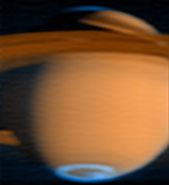 New images of Saturn obtained by a University of Colorado at Boulder-led team on June 21 using an instrument on the Cassini spacecraft show auroral emissions at its poles similar to Earth’s Northern Lights. Taken with the Ultraviolet Imaging Spectrograph aboard the Cassini orbiter, the two UV images, invisible to the human eye, are the first from the Cassini-Huygens mission to capture the entire “oval” of the auroral emissions at Saturn’s south pole. They also show similar emissions at Saturn’s north pole, according to CU-Boulder Professor Larry Esposito, principal investigator of the UVIS instrument built at CU-Boulder’s Laboratory for Atmospheric and Space Physics, and Professor Wayne Pryor of Central Arizona College, a UVIS team member and former CU graduate student.
New images of Saturn obtained by a University of Colorado at Boulder-led team on June 21 using an instrument on the Cassini spacecraft show auroral emissions at its poles similar to Earth’s Northern Lights. Taken with the Ultraviolet Imaging Spectrograph aboard the Cassini orbiter, the two UV images, invisible to the human eye, are the first from the Cassini-Huygens mission to capture the entire “oval” of the auroral emissions at Saturn’s south pole. They also show similar emissions at Saturn’s north pole, according to CU-Boulder Professor Larry Esposito, principal investigator of the UVIS instrument built at CU-Boulder’s Laboratory for Atmospheric and Space Physics, and Professor Wayne Pryor of Central Arizona College, a UVIS team member and former CU graduate student.

